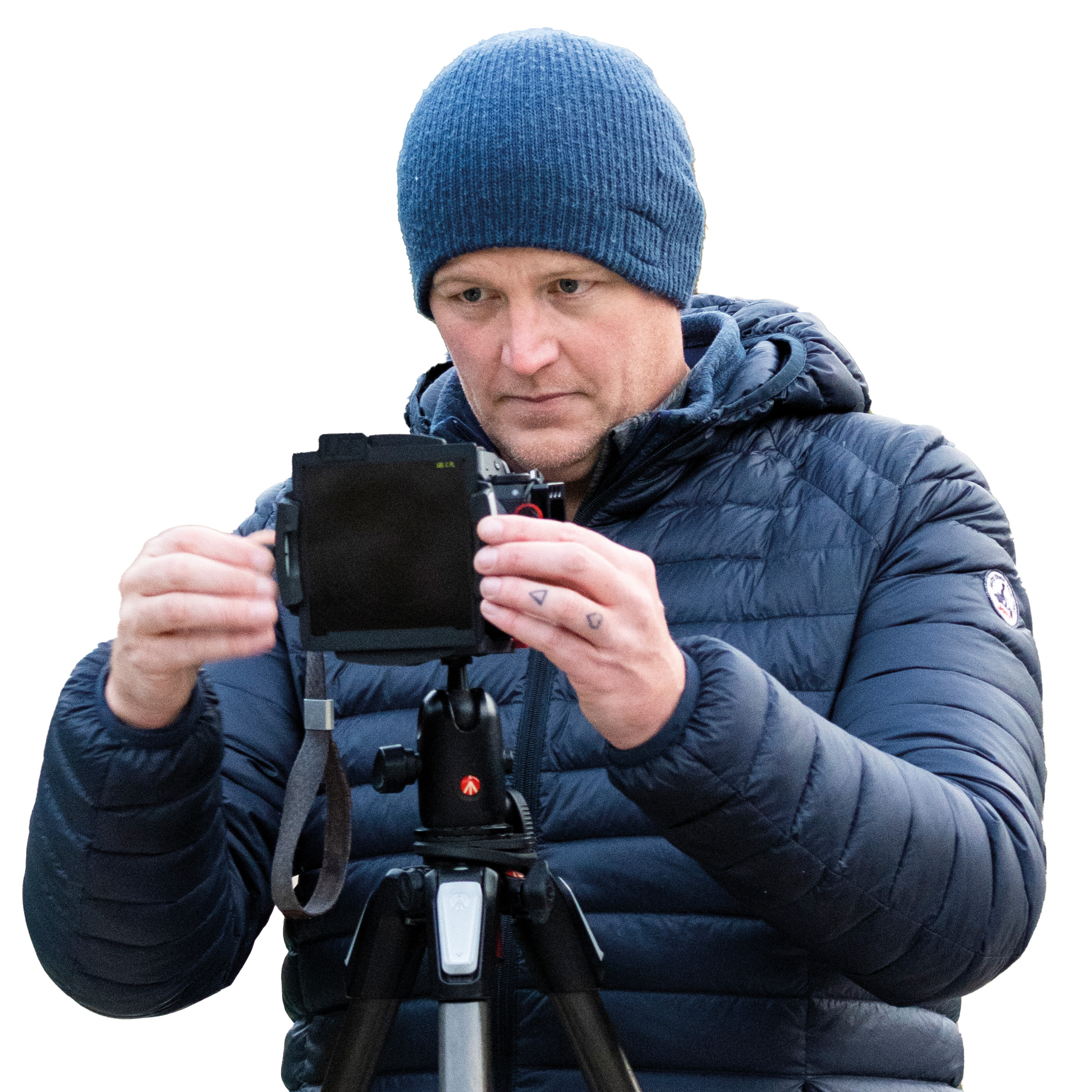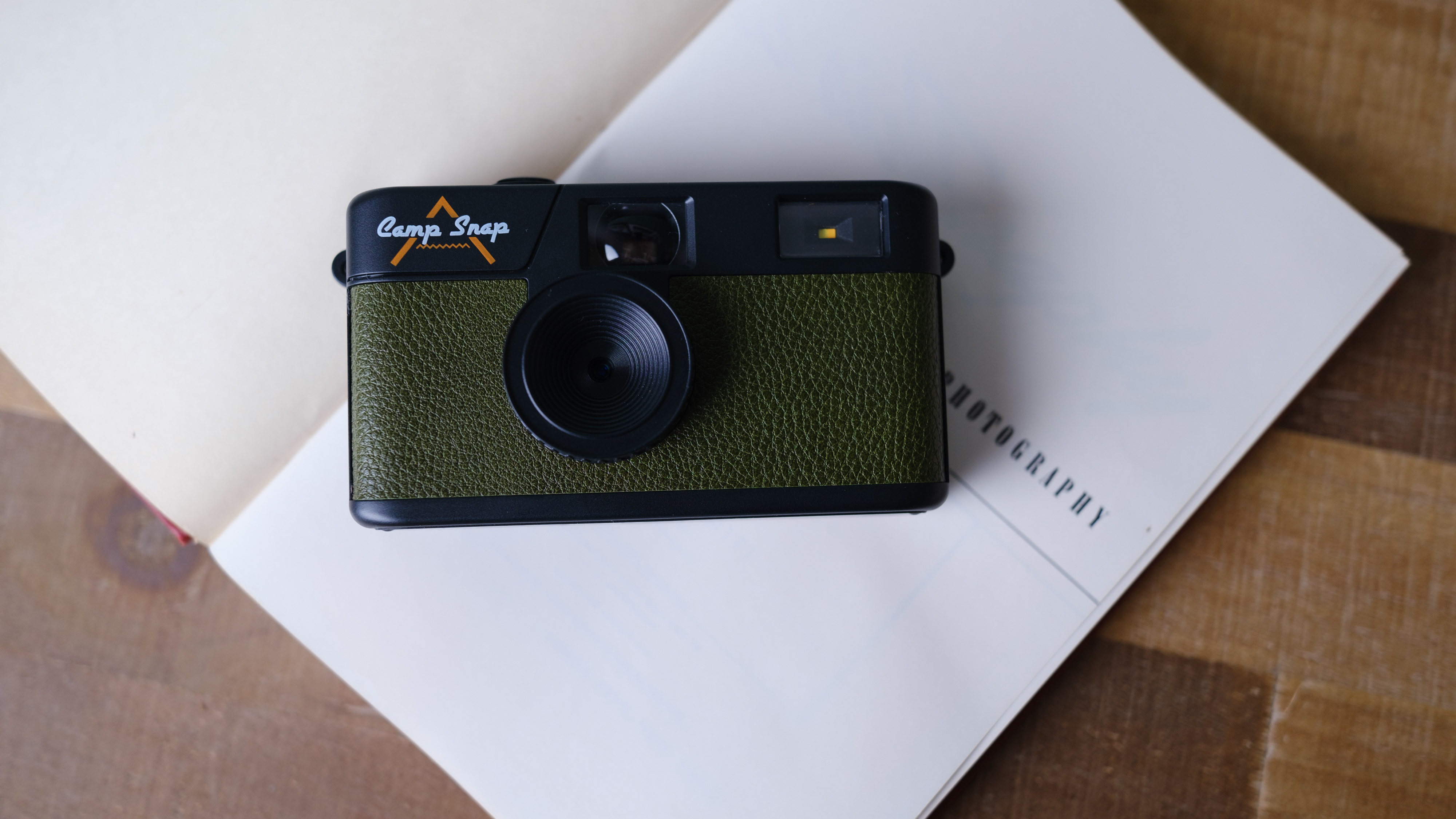How I sell my photographs as NFTs
What are NFTs & how do can you make money with them as a photographer? Jordan Banks explains his approach
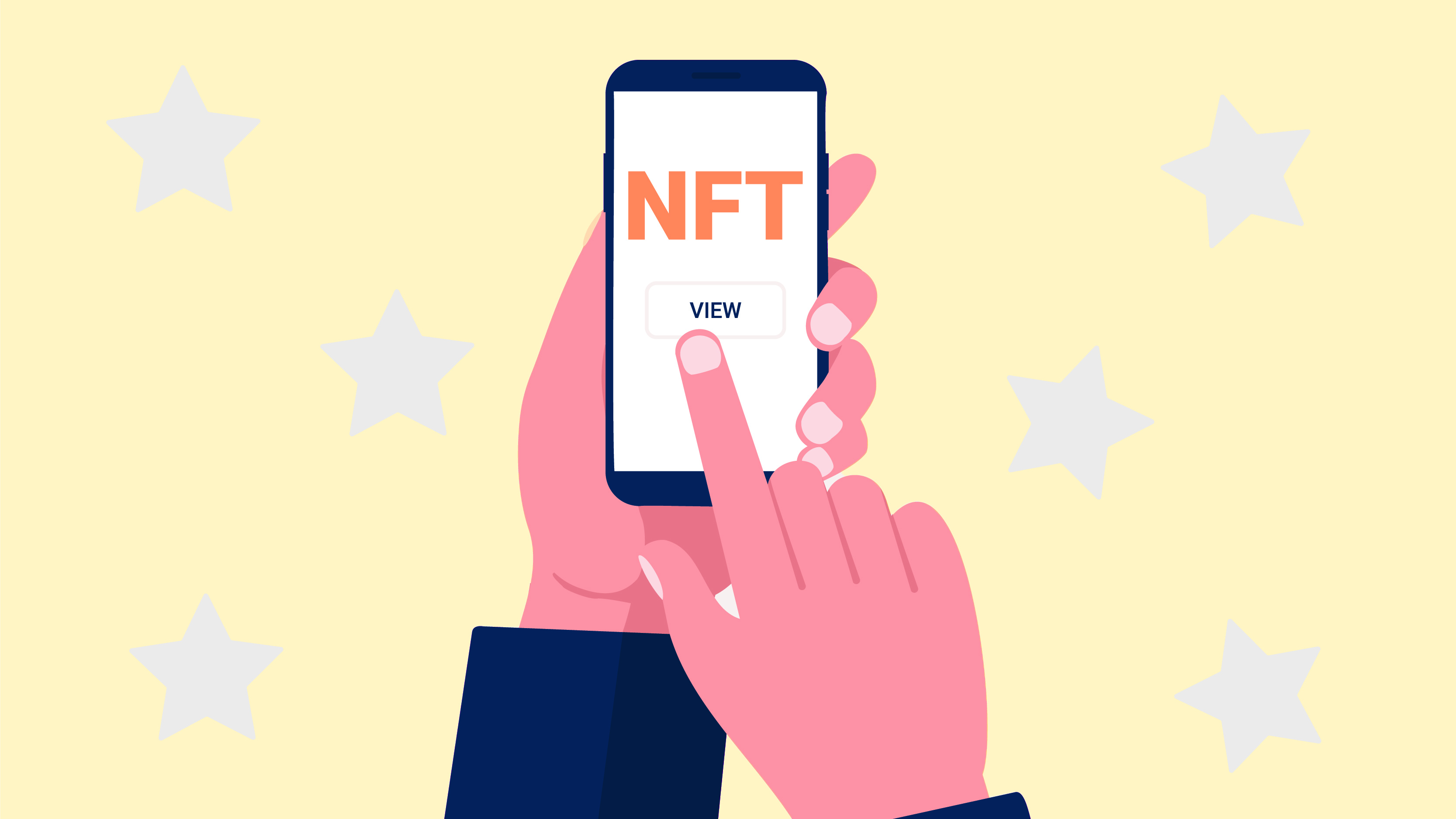
''What are NFTs? This is a question I have been asked a lot over the previous few months. NFTs or non-fungible tokens are a new form of digital investable stored on the Ethereum blockchain.
NFTs can be collected in the same way editions of photographic prints are in the traditional market. The result is a potential new avenue for photographers of all levels and genres to market and sell their work. The only difference from the traditional art market is that everything from transactions to ownership is conducted in a digital manner via the blockchain.
If you’re thinking this doesn’t make much sense, then don’t worry. In this article, I will be taking you through the steps to understand, set up, sell and hopefully further utilize the NFT marketplace within your photographic business model.
What is an NFT?
What is an NFT? What does non-fungible token even mean? One of the main confusions around NFTs is simply the name. Once we make sense of this things usually become a lot clearer. Token is the name given to a digital asset that can be transferred between people/buyers/collectors on a blockchain. Non-fungible references the fact that the token can’t be replicated or divided into sections as you could say with a more common token such as bitcoin. What makes them unique is the digital asset attached to the token.
Where did NFTs come from?
The tech behind NFTs has been around since 2015 when unique tokens were added to the Ethereum blockchain but didn’t become a big deal until early in 2021 when artist Beeple’s composite NFT sold for $69.3 million in an auction at Christie’s London. News of other big figure sales along with the ever-growing list of success stories from far lesser-known creatives has attracted a lot of attention around NFTs and this doesn’t look to be dying down any time soon.
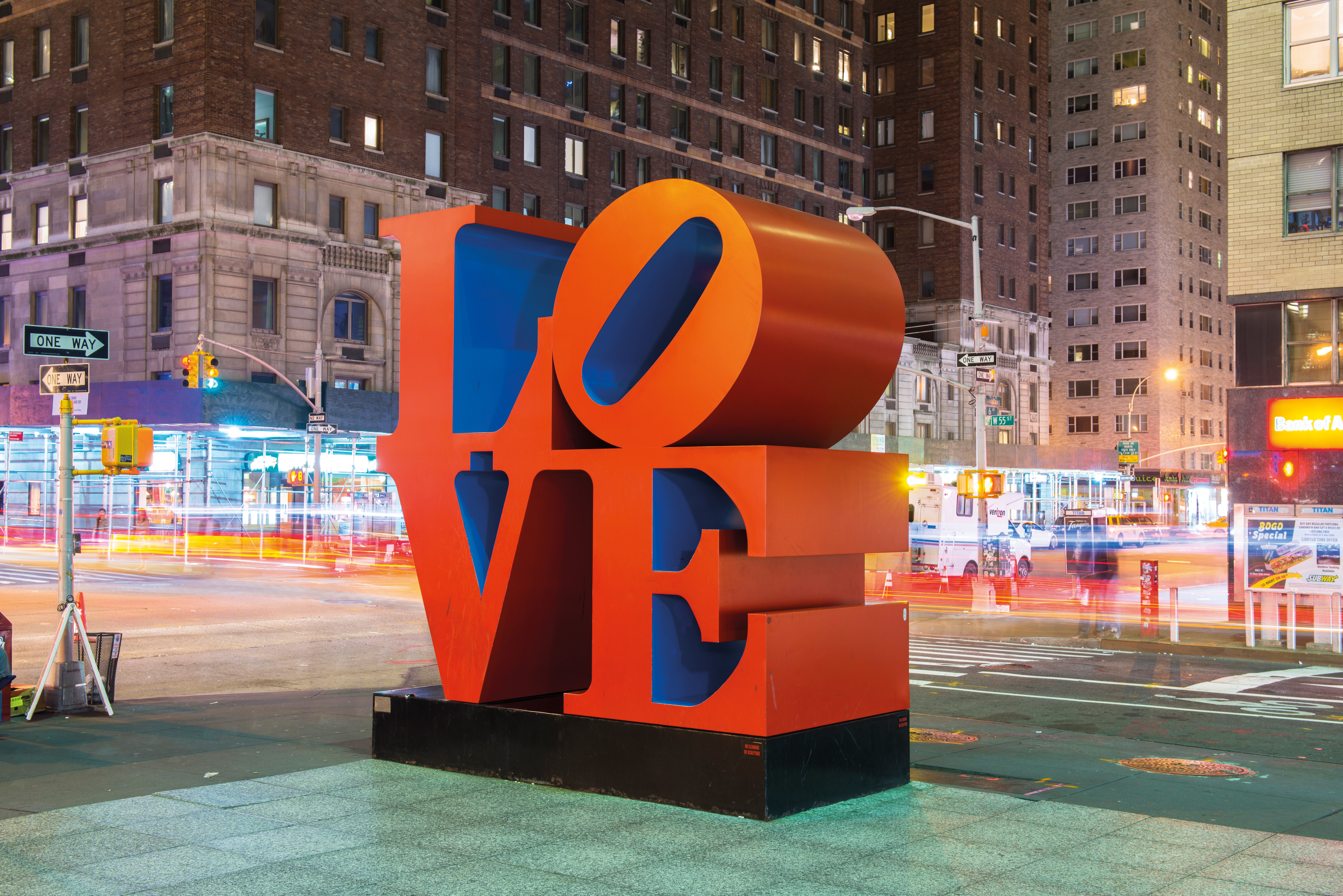
How to set up an NFT
Getting set up to sell NFTs isn’t quite as simple as just uploading them to an auction site and away you go. The first step is to select a platform to auction your work. There are some very exclusive platforms such as SuperRare which I would equate to Sotheby’s – these are invite only.
You then have the middle ground of Foundation which is also an invitation, but instead of a board of curators, invites can be given out by existing members of the Foundation community.
Get the Digital Camera World Newsletter
The best camera deals, reviews, product advice, and unmissable photography news, direct to your inbox!
Finally, you have the far more accessible OpenSea, which is open to everyone. There are a handful of other platforms out there such as Rarible and MakersPlace that are also good starting points.
Once you have decided on the most suitable platform to market your work you will need to exchange your Sterling for Ethereum in much the same way you would from a bureau de change. Due to the digital nature of NFTs and the fact that all transactions take place via the Ethereum blockchain this will be in the form of a digital transaction.
I use Coinbase to exchange/buy ETH but there are plenty of options available. With some Ethereum, the next step is to set up a digital wallet that connects and acts as your login to your chosen auction site. The majority of auction platforms use MetaMask crypto wallets so this was the obvious choice for me. Once your wallet is set up, you can easily connect it to the chosen auction platform.
The final step is to transfer your Ethereum to your crypto wallet and you are all set. The transfer process is fairly straightforward, but I would suggest sending a very small amount first just to make sure everything is working correctly. If you do happen to send crypto currency to the wrong wallet there is nothing you can do to recover it.
The minting process
Once you have chosen your platform and set up your crypto wallet, you are ready to mint (the term used for producing NFTs) your first piece. As with most things in life there are fees involved with minting and listing NFTs. Your chosen platform will take a percentage of the sale price, which is pretty normal from any auction. This can range from 2.5% with OpenSea to 15% with Foundation.
On top of these there are minting and listing fees. These fees are set by the current gas fee (also known as gwei) which is a form of compensation based on the computing effort energy required to process and validate transactions on the Ethereum blockchain. This fee varies depending on the current stress on the blockchain and can get quite high over certain periods so I would suggest having your NFT all set to go and then mint and list when the gwei is low. The lowest times for gas fees in my experience are early morning in the UK when the US market is asleep but you can keep an eye on gas fees online.
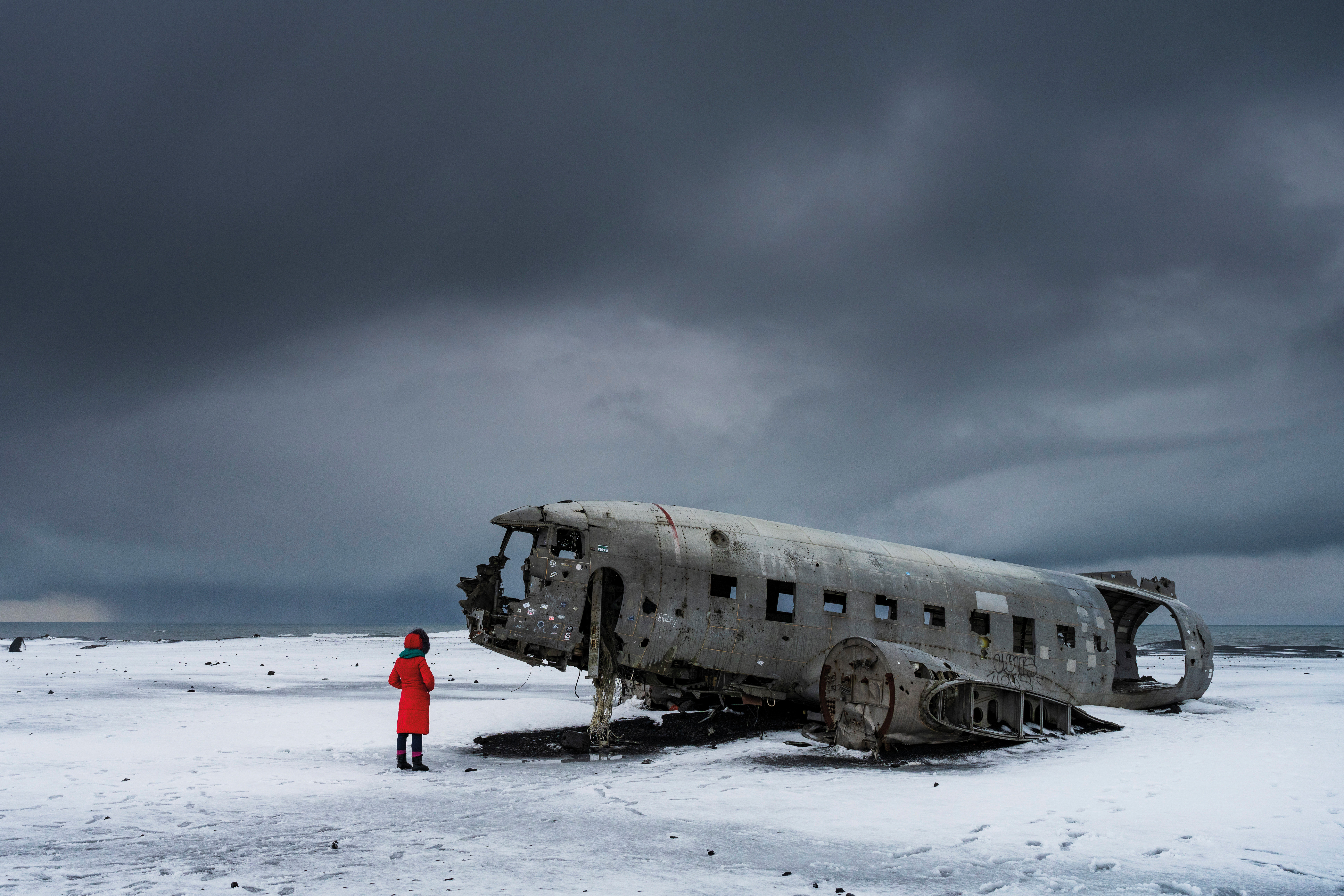
Pricing your work
Pricing your work has always been a tough area for photographers and this is no different when it comes to NFTs. You will see some pieces selling for very large amounts but it is important not to get caught up in the hype and overprice your work so that it doesn’t attract any collectors. This isn’t the traditional image licensing that most photographers are used to, but instead investments and collectables. The last thing investors want to see is a photographer jumping their pricing structure up and down without any real reason. This is viewed as a risky investment and the sign of a creative who doesn’t really know what they are doing or how to value their work.
NFT ownership and copyright
As things stand, the purchaser of an NFT has ownership of this digital asset and not the copyright, which remains with the photographer. Think of it in terms of purchasing a 1 of 1 or limited-edition Ansel Adams print. The buyer owns that piece and that piece only, which they can sell on at any time should they choose to. They do not however get the negative and Ansel Adams or his estate in this case can still license usage of the image in magazines, books, postcards etc.
Why should NFTs be taken seriously by photographers?
Photography and other forms of digital art have been historically snubbed by the traditional art market not recognising the ‘uniqueness’ of a digital piece. The rise of a new market that brings value to digital assets is an opportunity for photographers and collectors alike.
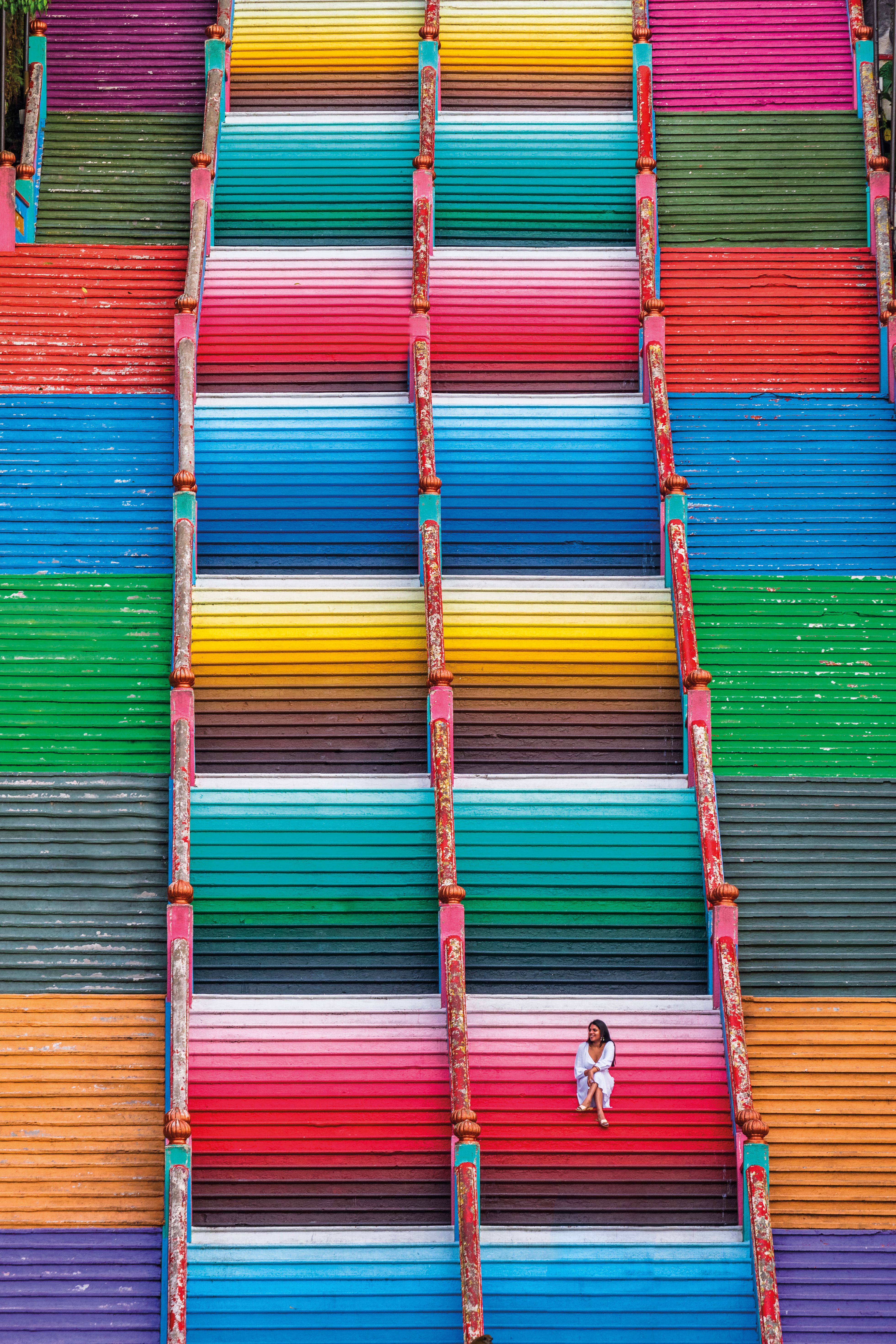
How to market your NFTs'
As with any photography, the big question is how do you market your work? The answer is no different in the NFT space. The arena is still in its infancy so it’s hard to be sure exactly at this stage of the best practices. Personally, I will only be minting my best images and keeping an air of exclusivity around my work by not flooding the market.
As collectors are in general collecting pieces based on the artist rather than the single image, you will need to find your voice and get yourself in front of potential collectors. The main spaces for NFT collectors and artists to interact is on Discord or Clubhouse groups, whilst Twitter has become the space for marketing and general interactions. It’s important to be genuine and not just use these groups for ruthless self-promotion. I have also seen some photographers offering prints or even monitors pre-loaded with the NFT along with each sale so there is definitely room to bring traditional marketing tactics into this digital space.
The future of NFTs
It’s still very early days so it is hard to be sure exactly what direction the NFT marketplace will head, but I believe it will become a mainstay for art and photography collecting over the coming years. The majority of photography and even art is produced in a digital format already so it makes sense to me that this market sector will continue to grow. I also see a potential for these platforms being used for the licensing of images. One of the reasons RM has been almost eradicated by RF is due to the uncertainty around the history of the image. With NFTs the image history is stored on the blockchain ledger giving picture buyers access to the complete history of the image making it a more certain option for picture buyers.
This article first appeared in Digital Photographer magazine
Jordan is a travel, landscape and adventure photographer from London with over 20 years’ experience shooting assignments and hi-end content for travel, tourism and lifestyle brands and companies. Through the years his work has taken him to over 100 countries and provided him the opportunity to shoot some of the world’s most interesting and diverse locations and festivals.
